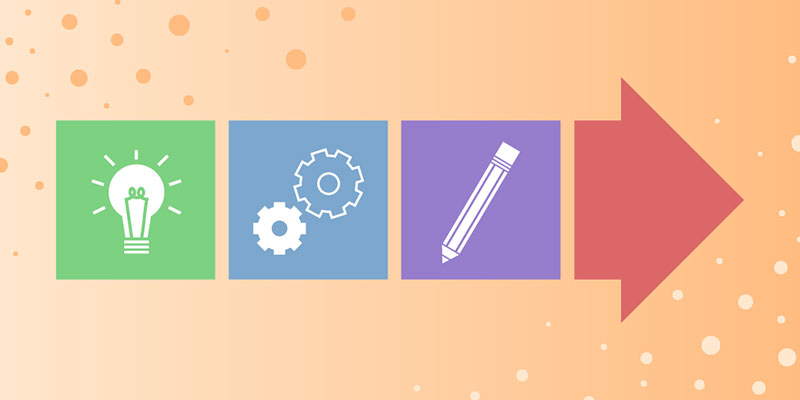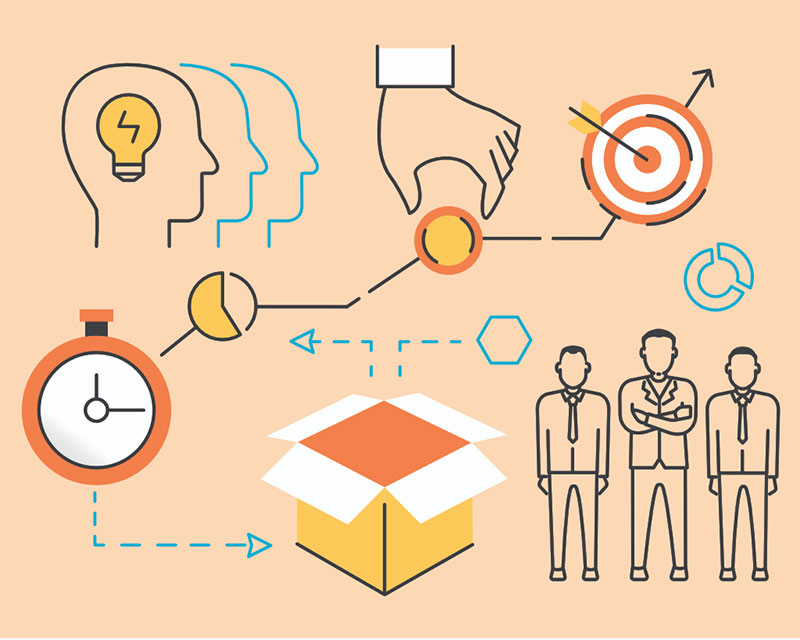Which Software Development Models Are the Most Common?

To produce the best software solutions, engineers must follow a rigorous process called software development. These actions are referred to as software development cycles (SDLC techniques), and they often include planning, developing, testing, and producing product designs. The software development lifecycles carry your project through all stages, from conception or planning through execution and maintenance. All software development processes include these stages, although software developers might choose to implement certain functionality in each phase in a variety of ways.
What Exactly is a Software Project Development Model?
Various approaches and procedures used for the project’s development make up a software project development model. Companies utilize a variety of software development life cycle models to accomplish their objectives.
When you do the testing, when the presentation may be made, which features should be in place, and similar considerations are among the elements that go into the selection of the models. When selecting a model for software development outsourcing services, reliability, accuracy, usability, and technical difficulty are all crucial considerations.
Best Models For Software Development
Waterfall
Given that it has been in use for so long, the waterfall is one of the most well-known SDLC models. It features sequential development phases, so the team must complete one step before going on to the next. As a result, the jobs “cascade” into one another, giving the paradigm its name.
A particularly organized model is the waterfall. This implies that the team must complete a particular set of deliverables and papers at each stage to advance to the next. Although such a method of development offers high schedule and resource predictability, it is unable to take into account any new requirements that might have surfaced throughout the development process.
Validation and Verification Model (V-model)
The V-shaped scheme seems to be the most well-liked of all the software development approaches. The term itself describes how the stages are built, with each one proceeding in a straight line and folding into the form of a checkmark. This project is also known as a validation and verification model, which refers to a thorough recheck. However, the “Waterfall” scheme served as the inspiration for its creation. Naturally, a web testing process is necessary at every stage.

Iterative Model
Similar to the other techniques, the iterative model requires rigorous project management throughout as well as detailed research and preparation. The model steadily increases in complexity and depends on iterative, repeating cycles to provide features. Each iteration of the software development process starts with a limited, precise list of requirements and adds to it.
Similar to this, the incremental model focuses on short iterations when new parts of the project are introduced. But each iteration is mainly independent of the others. Software development using the incremental model necessitates stability and does not provide for much if any, modification from prior iterations.
Spiral Design
The spiral approach emphasizes a thorough risk analysis. To get the most out of this approach, you must consult specialists who have in-depth knowledge and skill in conducting a complete risk assessment. The Spiral cycle typically starts with four important operations and lasts for roughly six months. These include thorough planning, risk analysis, designing and prototyping, and finally reviewing the components that have already been delivered. The lengthened project timelines result from the spiral cycle’s repetition.
Model of the Rational Unified Process
The Rational Unified Process (RUP) combines both iterative and linear frameworks.
Inception, elaboration, construction, and transition are the four stages that the model breaks down into the software development process. Every step until Inception is often completed in some repetitions. Across these 4 RUP phases, all fundamental tasks (requirements, design, etc.) of the development process are carried out concurrently, albeit at varying intensities.
Conclusion
In software engineering, selecting among several software models is a crucial stage in the product development process. When working on a project, the models give you clear instructions, strategies for achieving your goal, and solutions for fixing issues. They also give you how to accomplish your goal. With the top software development models listed above, you ought to be adequately prepared to attack your project.
- The Rise of Account Planning Software in B2B - May 7, 2024
- Professional Networking: Essential Apps Like LinkedIn - May 7, 2024
- Steps to Ensure the Safety of Business and Customer Information - May 7, 2024








